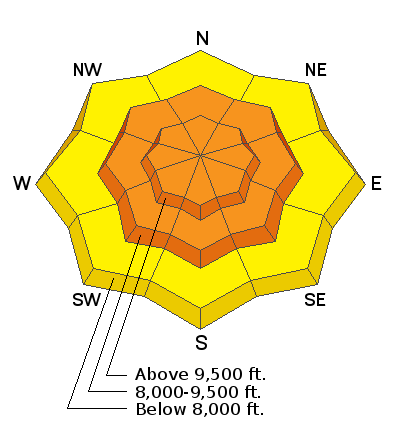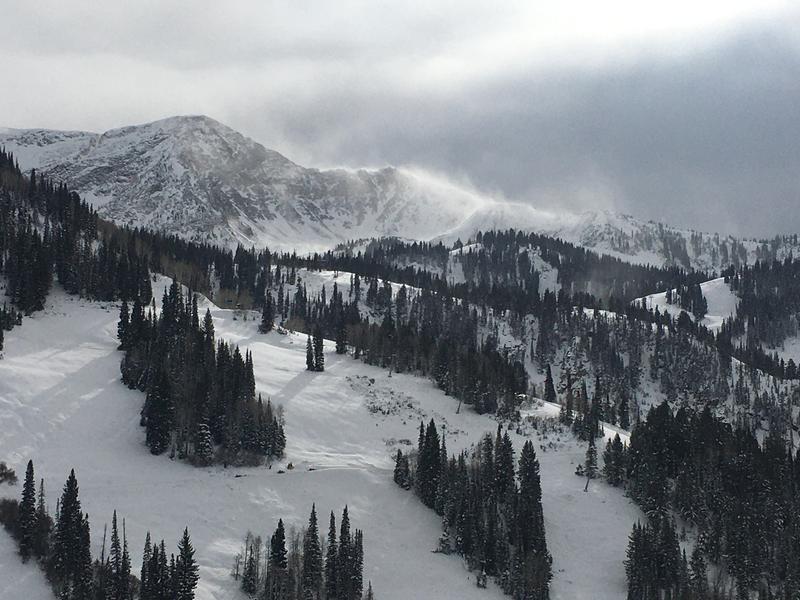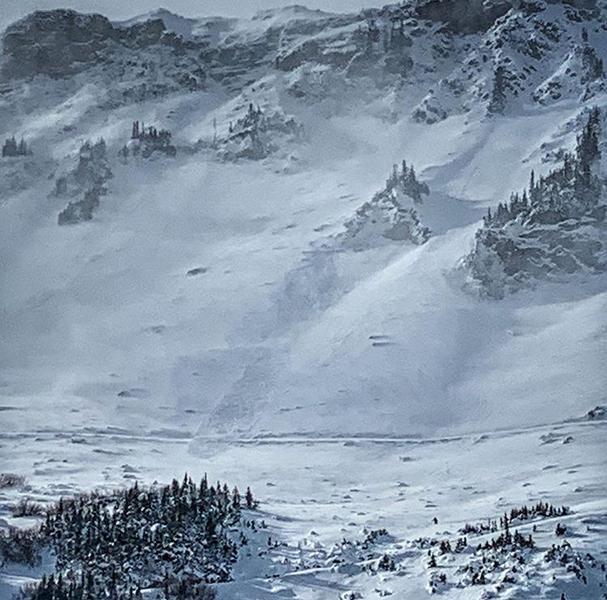Forecast for the Provo Area Mountains

Issued by Mark Staples on
Saturday morning, November 14, 2020
Saturday morning, November 14, 2020
There are dangerous avalanche conditions today. The avalanche danger is CONSIDERABLE at mid and upper elevations and MODERATE at low elevations. Very strong winds are the main problem as they have formed fresh slabs of wind drifted snow that can easily be triggered.
On slopes not loaded by strong winds, it remains possible to trigger an avalanche in the new snow.

Low
Moderate
Considerable
High
Extreme
Learn how to read the forecast here










